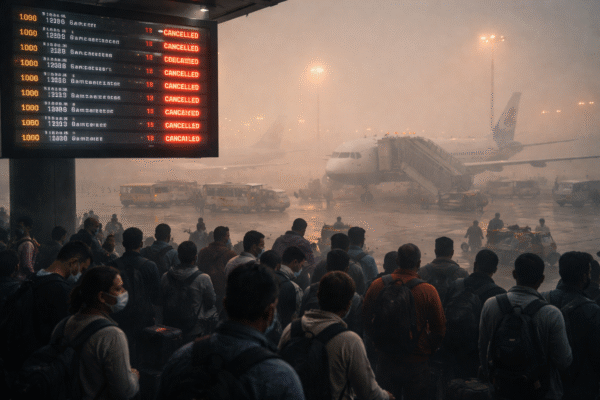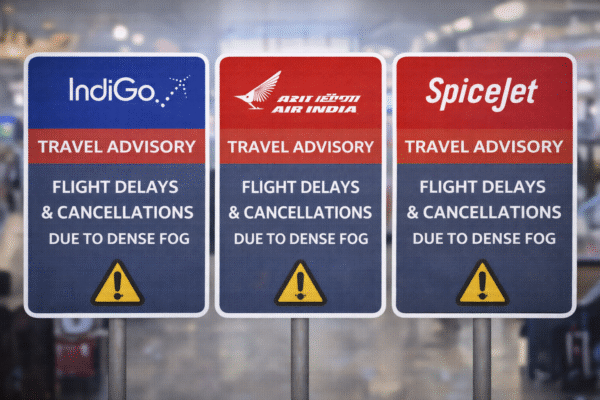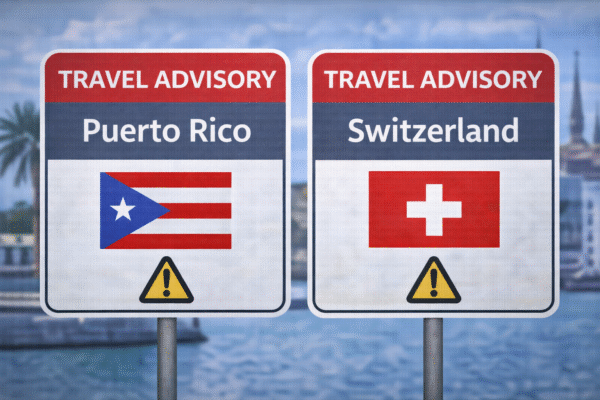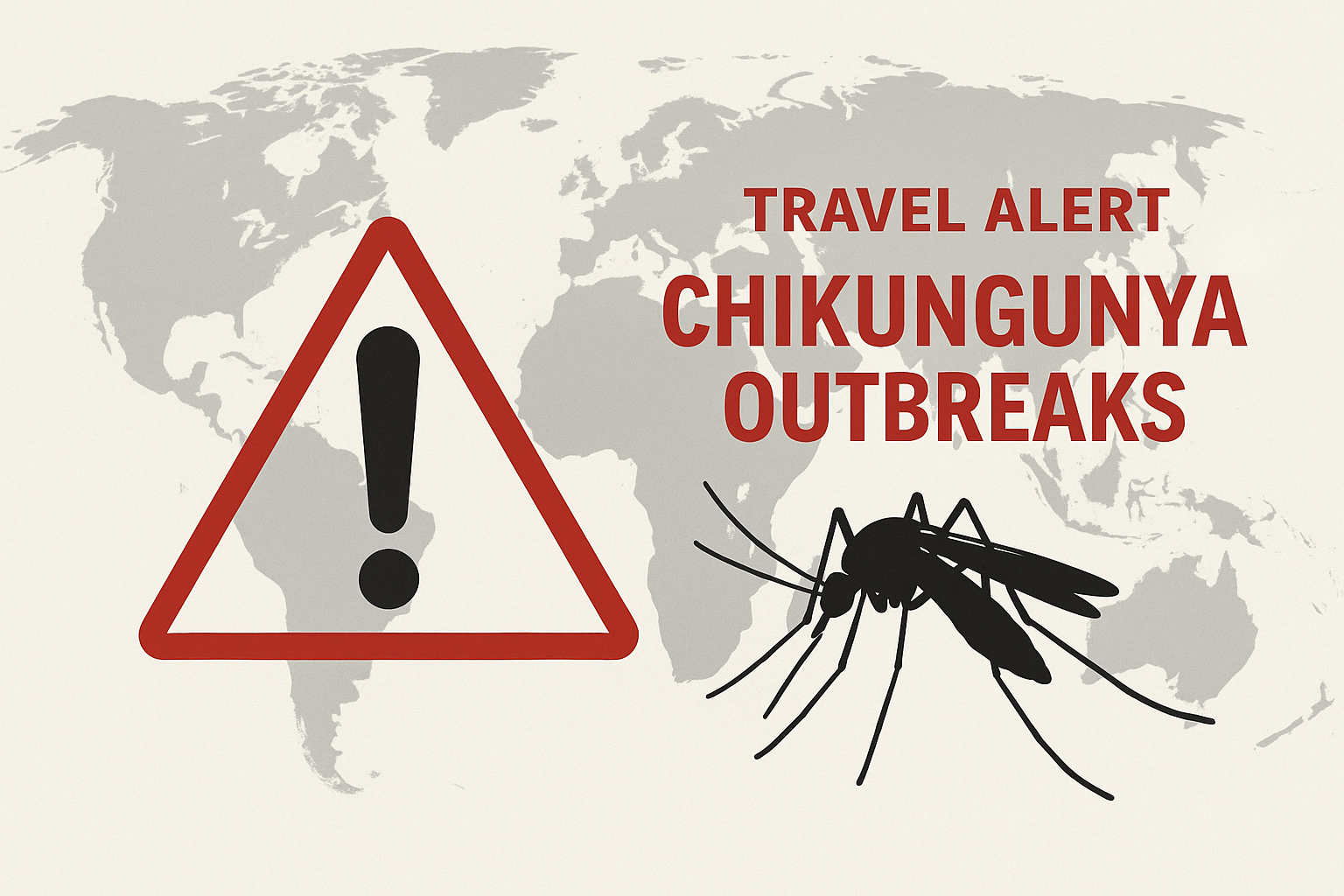As global temperatures rise and seasonal patterns shift, so does the risk of mosquito-borne illnesses. In response to a dramatic increase in chikungunya cases across several continents, the U.S. Centers for Disease Control and Prevention (CDC) has issued a Level 2 travel alert. The alert urges travelers to take enhanced precautions when visiting affected regions, including China, Brazil, India, Pakistan, Colombia, the Philippines, Thailand, and France.
Chikungunya, a virus spread by Aedes mosquitoes, has been making a resurgence in 2025, causing concern among health authorities and travelers alike. This wave of infections comes amid seasonal monsoons and rising humidity, both of which provide perfect breeding conditions for mosquitoes.
What is Chikungunya?
Chikungunya is a viral disease transmitted through the bite of infected Aedes mosquitoes. Symptoms typically develop three to seven days after a bite and include high fever, severe joint pain, muscle aches, rash, and fatigue. While the disease is rarely fatal, it can be debilitating, particularly for older adults and individuals with pre-existing health conditions. The joint pain may persist for weeks or even months, reducing quality of life and complicating travel plans.
There is currently no specific antiviral treatment for chikungunya. Care is focused on managing symptoms, with rest, hydration, and over-the-counter pain relief being the primary options. Although two vaccines are approved in some regions, global access remains limited, making prevention through mosquito control essential.
Outbreak Hotspots and Regional Impacts
One of the most affected areas in the current outbreak is China’s Guangdong Province, particularly the city of Foshan. Since early June 2025, the region has recorded over 7,000 confirmed cases. Local authorities have launched wide-scale vector control measures, including the deployment of drones to monitor mosquito breeding grounds, chemical spraying, and public sanitation campaigns.
In South America, Brazil has reported over 240,000 cases so far this year, raising significant alarm in both urban and rural areas. Colombia and Bolivia are also grappling with rising numbers. These outbreaks threaten the region’s tourism recovery after years of pandemic-related slowdowns.
India and Pakistan, with their dense populations and tropical climates, remain especially vulnerable. With the onset of monsoon season, stagnant water has accumulated in both cities and rural areas, providing fertile ground for Aedes mosquito larvae. Similarly, the Philippines and Thailand are facing surging case counts, prompting public health campaigns to educate both residents and visitors.
In Europe, France has reported imported and locally acquired cases in southern regions, particularly during peak travel months. Local transmission in non-tropical climates highlights how chikungunya is no longer limited to traditionally endemic zones.
Tourism Industry at Risk
The travel alert issued by the CDC may impact tourism-dependent economies in Asia, South America, and parts of Europe. Destinations like Thailand, Brazil, and India, known for vibrant culture and natural beauty, may see a drop in tourist arrivals. Travelers may cancel or postpone trips over health concerns, especially those planning outdoor activities such as jungle tours, safaris, or beach vacations.
Tourism businesses may also face increased operational costs as they invest in mosquito control, protective supplies, and guest health resources. In many affected countries, governments are ramping up efforts to assure travelers of safety, emphasizing clean accommodation and vector control in public areas.
CDC Travel Recommendations: Stay Safe Abroad
To minimize the risk of chikungunya infection, the CDC advises the following safety practices for travelers:
- Use Insect Repellent: Choose repellents with DEET, picaridin, or other approved ingredients. Reapply as directed, especially after swimming or sweating.
- Wear Protective Clothing: Opt for long-sleeved shirts, long pants, and closed shoes when outdoors, particularly during early morning and late afternoon hours.
- Choose Safe Accommodations: Stay in rooms with air conditioning or window screens to reduce indoor mosquito exposure.
- Avoid Standing Water: Eliminate exposure to stagnant water sources like puddles, containers, and drains where mosquitoes may breed.
- Monitor Symptoms Post-Travel: If you develop fever, joint pain, or rash after visiting a high-risk area, seek medical attention promptly and inform your doctor of your recent travel history.
Pregnant travelers and those with chronic conditions are advised to be particularly cautious or consider delaying travel to high-risk destinations during active outbreaks.
The Global Health Outlook
With climate conditions evolving and global travel resuming post-pandemic, diseases like chikungunya are gaining renewed footholds in previously unaffected regions. International health agencies are expanding surveillance, mosquito control, and public education efforts to mitigate outbreaks.
The current situation underscores the growing connection between environmental changes, public health, and international mobility. While countries are taking action at the national level, individuals must also take responsibility by staying informed and practicing basic travel hygiene.
Health officials stress that early response, prevention, and public awareness are key to containing the spread of chikungunya. Tourists are encouraged to follow reliable travel advisories and maintain contact with embassies or travel health providers during trips to affected regions.
Final Thoughts
As the chikungunya outbreak spreads across Asia, South America, and parts of Europe, travelers are reminded that informed and responsible travel is the best defense. The CDC’s travel alert serves as a warning but also as an opportunity — with proper precautions, travel to many of these regions remains safe and feasible.
Travelers, tour operators, and governments must work together to minimize risks, adapt to new health realities, and ensure that tourism continues to thrive — safely.
For more travel news like this, keep reading Global Travel Wire
















